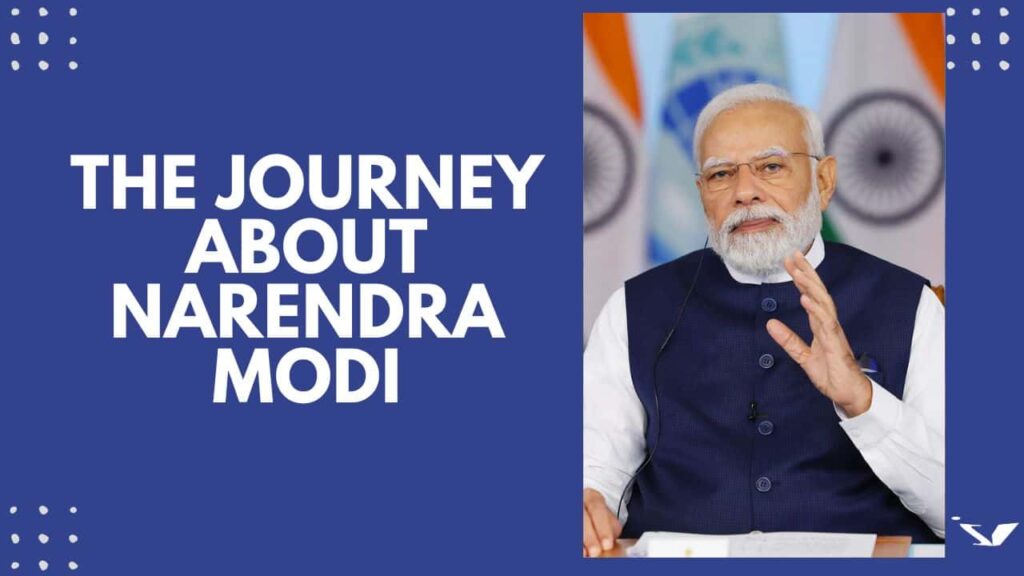Narendra Modi’s Path to Becoming India’s Prime Minister
The Early Days
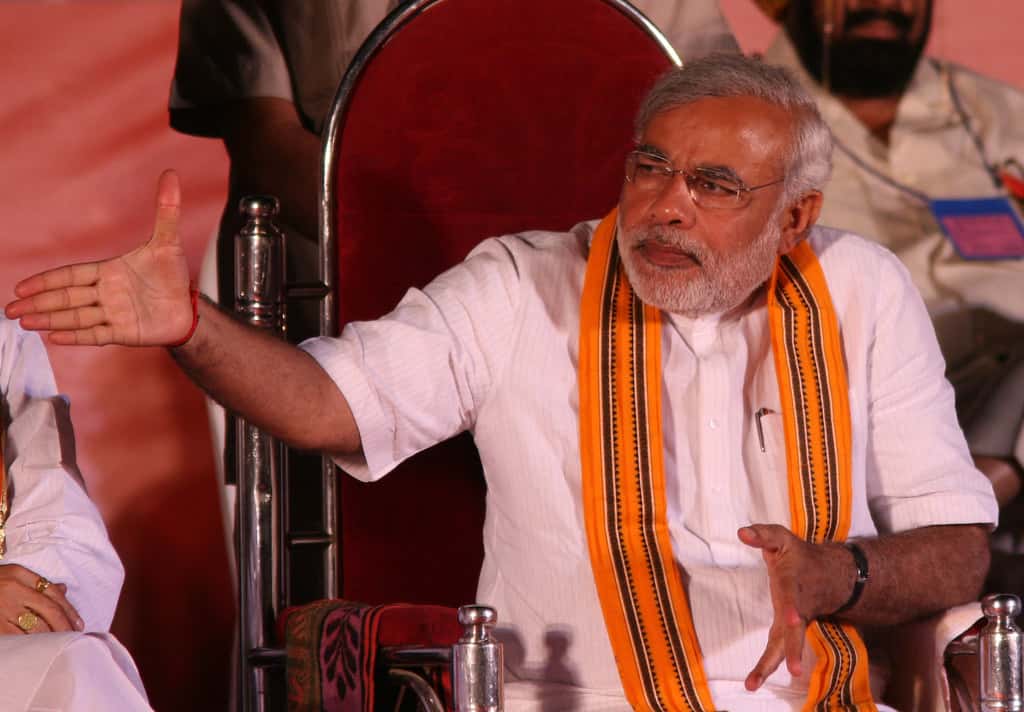
Narendra Modi, the 14th Prime Minister of India, did not have an easy start in life. He was born on September 17, 1950 in Vadnagar, a small town in Gujarat. His family had limited resources, but Modi was always determined to make something out of himself.
Modi’s interest in politics began at an early age. He loved to debate and was known for his communication skills. Clearly, he had a bright future ahead of him.
Stepping into Politics
Modi’s political journey began when he joined the Rashtriya Swayamsevak Sangh (RSS), a right-wing Hindu organisation. He rose quickly due to his dedication and leadership skills. He then joined the Bharatiya Janata Party (BJP), the political party in India.
His relentless work and devotion to the principles of Hindutva associated with Hindu nationalism made him stand out in the world of politics.
Chief Minister of Gujarat
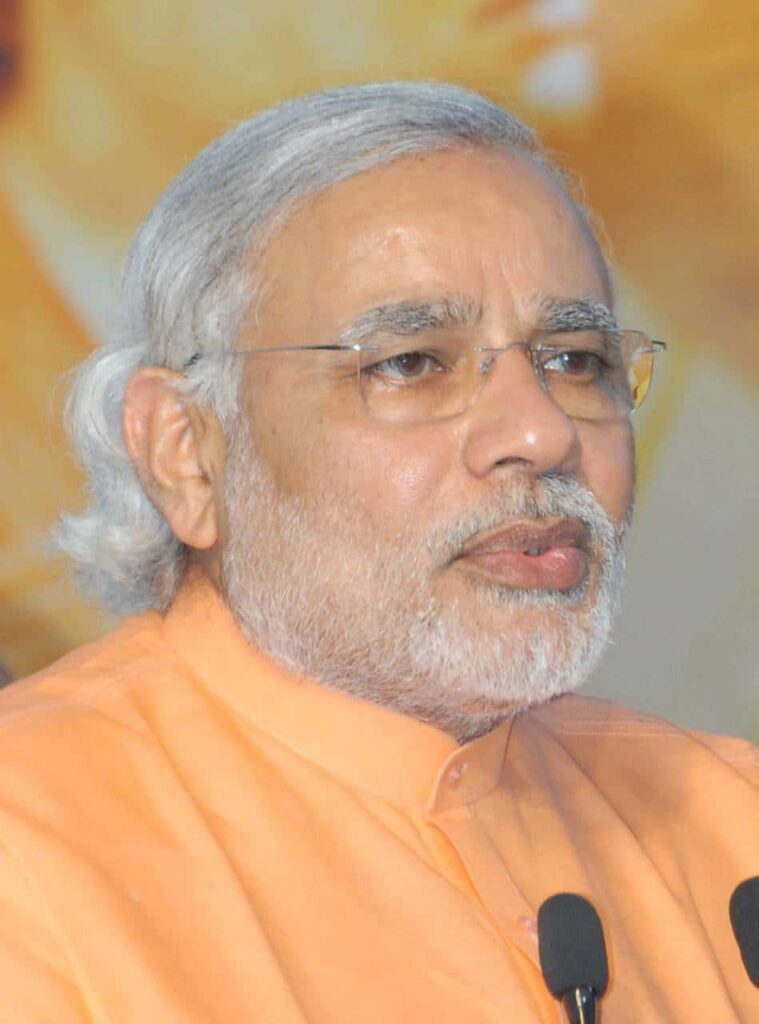
In 2001, Modi was appointed because the Chief Minister of Gujarat, a turning factor in his political career. Under his management, the kingdom skilled stunning financial growth and improvement. Gujarat have become an monetary powerhouse, attracting investments and creating a version for the nation.
During his time as Chief Minister, Modi worked on building infrastructure, together with roads, ports, and commercial zones. The state’s seasoned-business technique caused high-quality progress.
The Gujarat Riots
However, Modi’s tenure become now not without controversy. The 2002 Gujarat riots, which resulted in the loss of heaps of lives, delivered him below the highlight. Critics accused his government of inactiveness in the course of the crisis. This duration stays a subject of severe debate.
Some argue that Modi did now not do enough to govern the violence, while his supporters hold that he acted unexpectedly to repair peace. The Gujarat riots are still a divisive difficulty in Indian politics.
Rising to National Prominence
Despite the controversies, Modi’s air of mystery and management style stuck the eye of the BJP’s pinnacle management. He was seen as a sturdy, decisive leader who may want to carry balance and improvement to the country. In 2014, he turned into chosen as the BJP’s high ministerial candidate for the general elections.
2014: Becoming Prime Minister
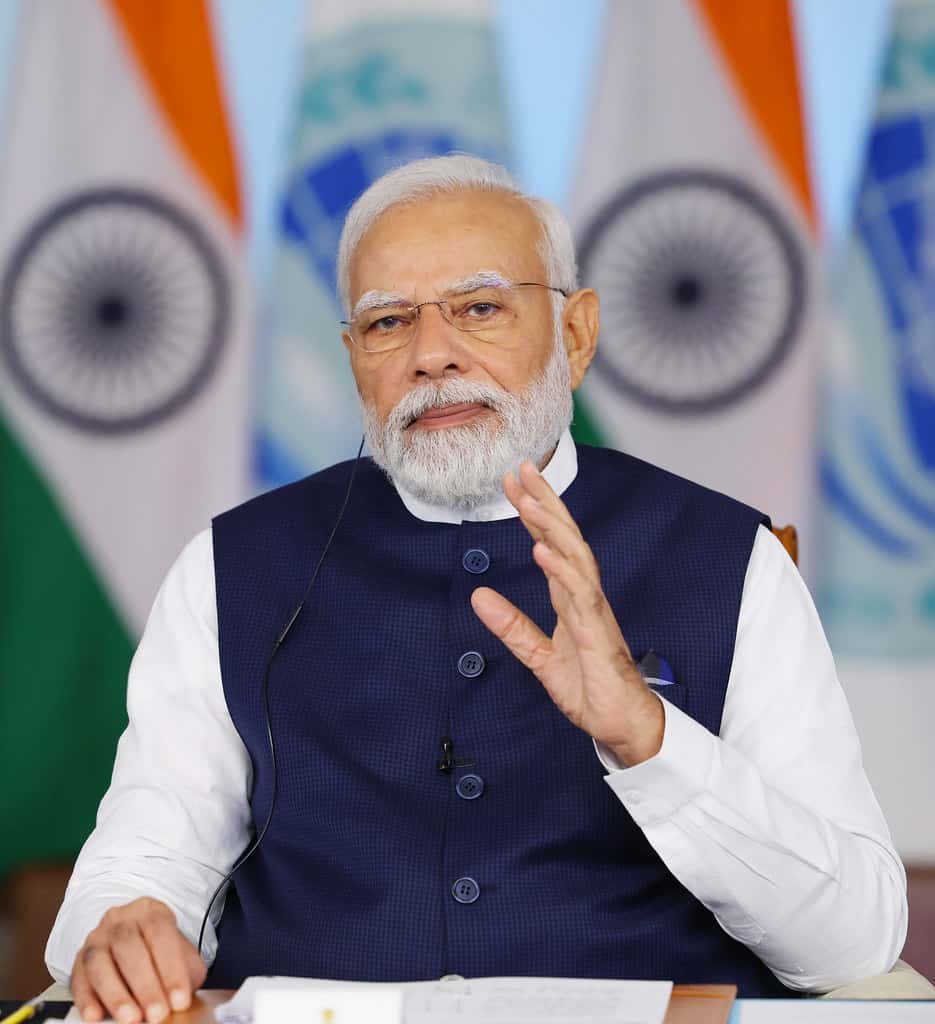
The 2014 Indian trendy elections were ancient. Narendra Modi ran a campaign promising development, financial boom, and a vision for a “New India.” The BJP secured a landslide victory, and Modi have become the 14th Prime Minister of India. His journey from Vadnagar to the Prime Minister’s office became a wonderful one.
His victory in 2014 turned into seen as a result of his capability to connect to the hundreds, specially the teens, and his guarantees of monetary growth and improvement. His marketing campaign emphasised appropriate governance, virtual projects, and a corruption-unfastened management
Achievements as Prime Minister
Narendra Modi’s first term as Prime Minister saw the launch of several transformative initiatives. The “Make in India” campaign aimed to boost domestic manufacturing, while “Swachh Bharat Abhiyan” focused on cleanliness and sanitation. “Digital India” aimed to bridge the digital divide, and “Jan Dhan Yojana” aimed to provide financial inclusion to the masses.
“Make in India” encouraged both domestic and foreign investment, leading to industry growth and job creation. “Swachh Bharat Abhiyan” made cleanliness and sanitation a national priority, significantly improving hygiene and sanitation practices.
Re-election in 2019
Modi’s popularity and the impact of his policies led to a resounding victory in the 2019 general elections. His second term as Prime Minister was marked by the abrogation of Article 370, which revoked the special status of Jammu and Kashmir, as well as the ambitious “Ayushman Bharat” health insurance scheme.
The decision to revoke Article 370 was historic, fundamentally changing the status of Jammu and Kashmir. It received both support and criticism. Supporters saw it as a step towards greater integration, while critics expressed concerns about the region’s autonomy.
Foreign Policy and Global Standing
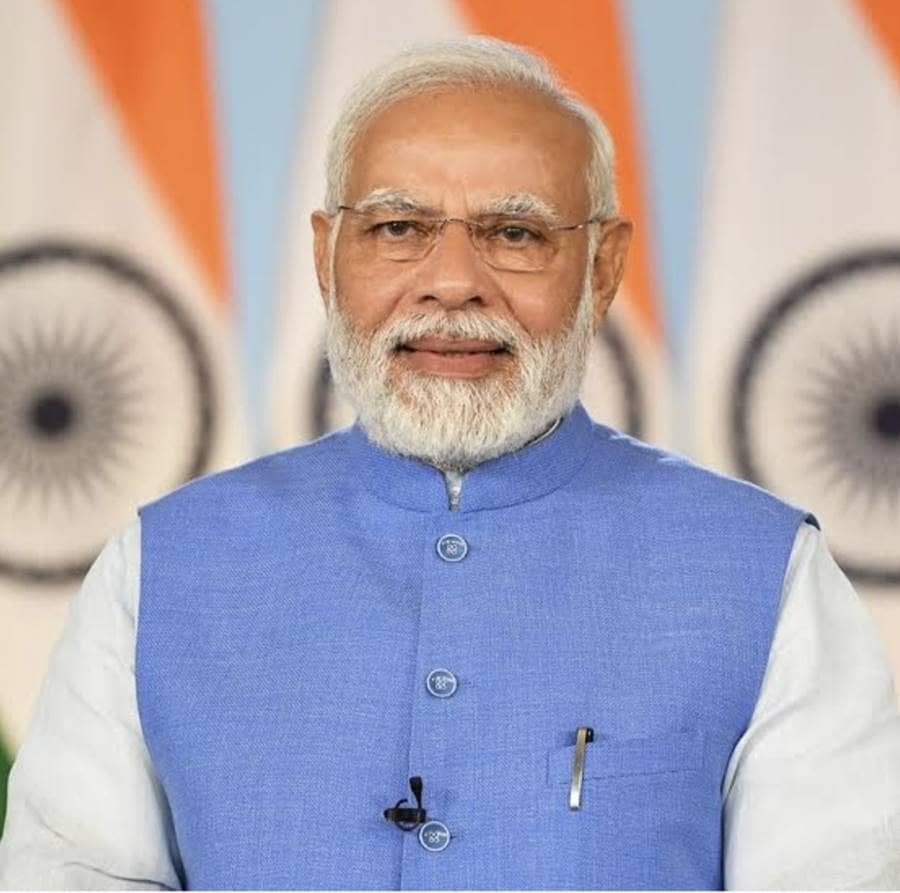
Narendra Modi’s foreign policy initiatives were notable. He strengthened India’s relations with major powers like the United States and forged closer ties with countries in the Indian Ocean region. His efforts to combat climate change and promote renewable energy gained global recognition.
India’s “Act East” policy aimed to strengthen ties with Southeast Asian nations and enhance economic and strategic cooperation. Under Modi’s leadership, India played a more active role in international forums, enhancing its global standing.
Conclusion
Narendra Modi’s journey from a small town in Gujarat to the position of India’s Prime Minister is a testimony to his resilience, aura, and leadership qualities. While his tenure has visible both praise and controversy, there’s no denying his effect on India’s political panorama.
In the stop, Narendra Modi’s legacy as India’s Prime Minister will stay a topic of scrutiny and admiration. One issue is sure: his tale is surely amazing.
Like this post?
Give a glance to our other posts too : https://indyviews.in/blogsy/
